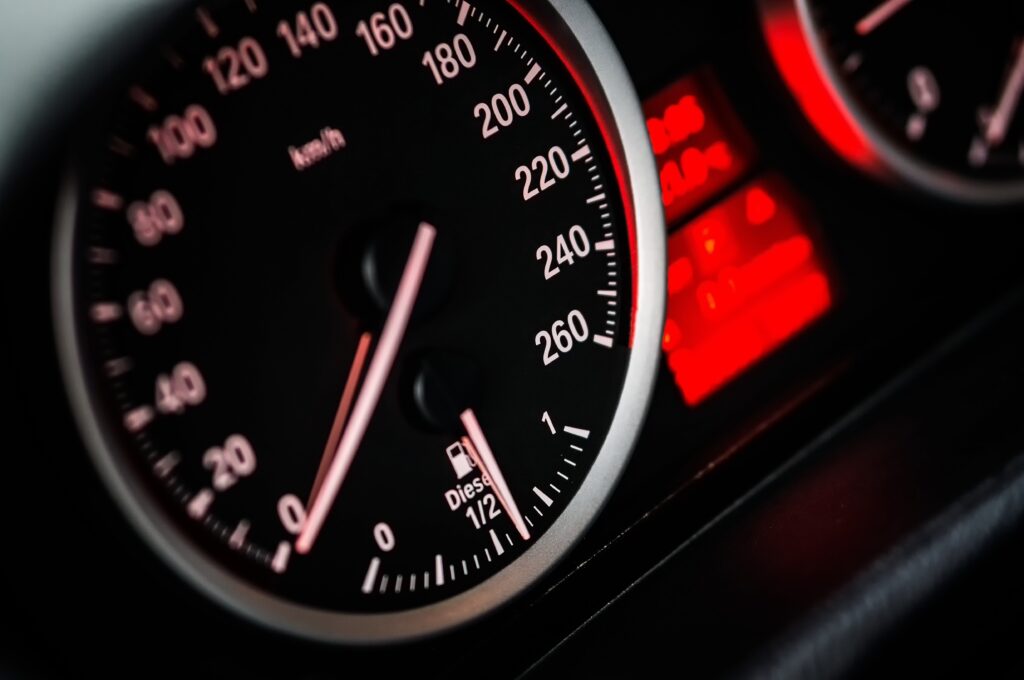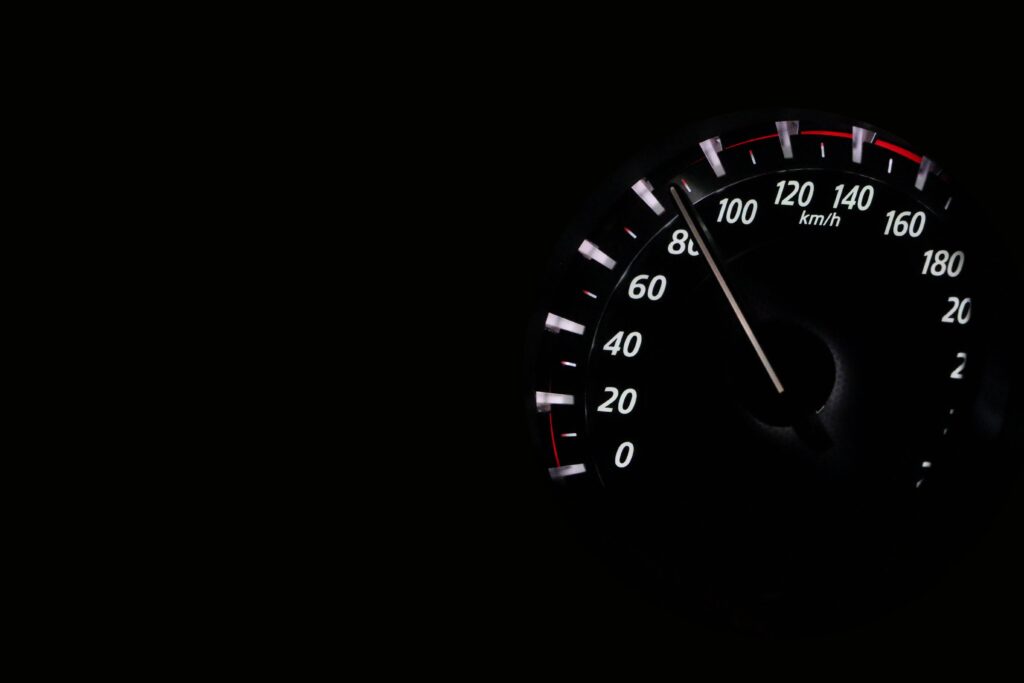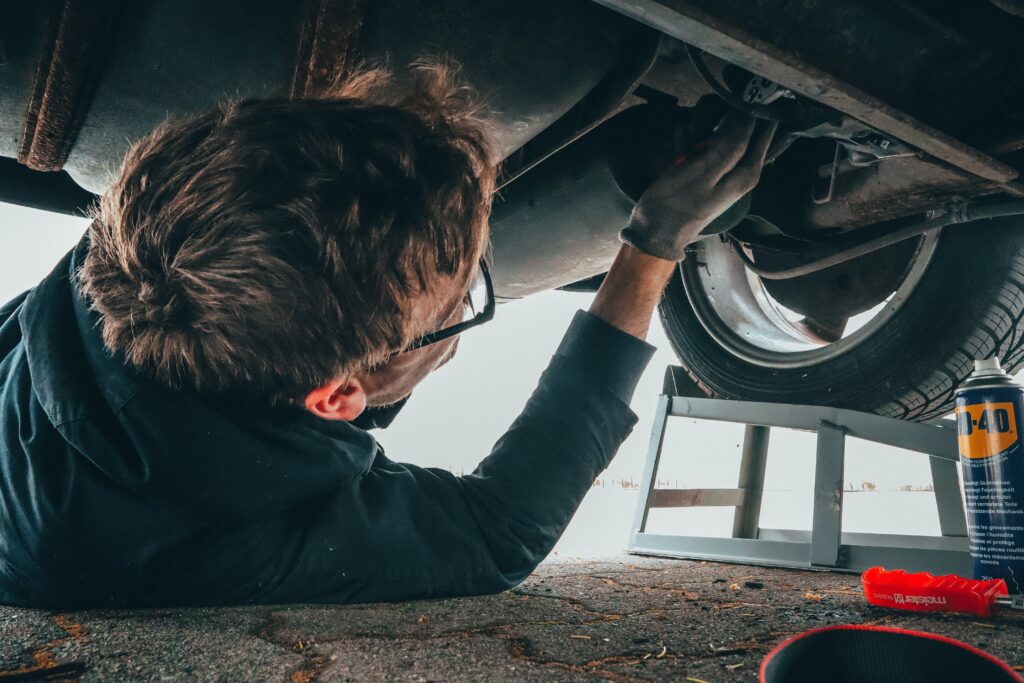Have you ever wondered about the connection between your tire pressure and tire temperature? It turns out that these two factors are more closely intertwined than you might think. Maintaining the right tire pressure is not only crucial for your vehicle’s performance, but it also plays a significant role in preventing your tires from overheating. In this article, we will explore how tire pressure affects tire temperature and why it is essential to strike the right balance to ensure a safe and smooth ride. So, buckle up and let’s explore this fascinating relationship together!

Introduction
Tire pressure and tire temperature are two critical factors that can significantly impact the performance, safety, and longevity of your tires. Understanding the relationship between these two variables is essential for maintaining optimal tire conditions. In this article, we will explore the definition and importance of tire pressure, the effect of underinflation and overinflation on tire temperature, the definition and measurement of tire temperature, the effect of low and high temperatures on tire pressure, the effects of tire pressure on tire temperature, the effects of tire temperature on tire pressure, the optimal tire pressure and temperature range, methods for measuring tire pressure and temperature, and the impact of correct and incorrect tire pressure and temperature on safety and performance.
Tire Pressure
Definition and Importance of Tire Pressure
Tire pressure refers to the amount of air inside a tire, measured in pounds per square inch (PSI). It is crucial to maintain the appropriate tire pressure as recommended by the vehicle manufacturer. Proper tire pressure ensures optimal tire contact with the road surface, which affects vehicle handling, braking, and fuel efficiency. Incorrect tire pressure can lead to uneven wear, reduced traction, increased rolling resistance, and increased risk of tire failure.
Factors Affecting Tire Pressure
Several factors can affect tire pressure, including changes in ambient temperature, tire temperature, tire size, load, and driving conditions. Understanding these factors can help you monitor and adjust your tire pressure accordingly.
Effect of Underinflation on Tire Temperature
Underinflated tires have lower air pressure than the recommended levels. When tires are underinflated, their sidewalls flex more, generating additional friction and heat. This increased heat can lead to excessive tire temperatures, which can cause tread separation, tire blowouts, and reduced tire lifespan.
Effect of Overinflation on Tire Temperature
Overinflated tires have higher air pressure than the recommended levels. Overinflation can cause the tire’s center section to bulge outward, resulting in decreased tire contact with the road surface. This reduced contact area increases the pressure on the tire’s center, leading to higher temperatures. The increased temperature can cause the tire to become more susceptible to punctures and blowouts, as well as accelerate tread wear.
Tire Temperature
Definition and Measurement of Tire Temperature
Tire temperature refers to the heat generated within a tire during operation. It is crucial to measure tire temperature to ensure proper tire performance and safety. The most common method of measuring tire temperature is by using a handheld infrared thermometer or a dedicated tire temperature monitoring system.
Factors Affecting Tire Temperature
Various factors can influence tire temperature, including ambient temperature, driving style, road conditions, and tire design. Aggressive driving, continuous braking, high-speed driving, and prolonged use in extreme weather conditions can all contribute to increased tire temperature.
Effect of Low Temperature on Tire Pressure
Low temperatures can cause the air inside the tire to contract, resulting in a decrease in tire pressure. It is essential to monitor tire pressure regularly, especially during colder months, to maintain optimal tire performance and safety.
Effect of High Temperature on Tire Pressure
High temperatures cause the air inside the tire to expand, leading to an increase in tire pressure. Overinflated tires due to high temperatures can result in decreased traction, reduced handling capabilities, and increased risk of tire failure.
Relationship between Tire Pressure and Tire Temperature
There is a direct relationship between tire pressure and tire temperature. As tire pressure increases, so does tire temperature, and vice versa. When tire pressure is too low, the flexing of the sidewalls generates additional heat, leading to higher tire temperatures. Conversely, overinflated tires have less flex in the sidewalls, resulting in increased pressure on the tire’s center and higher temperatures.

Effects of Tire Pressure on Tire Temperature
Low Tire Pressure and Increased Temperature
When tire pressure is below the recommended levels, the flexing of the sidewalls generates excessive heat. This increased heat leads to higher tire temperatures, which can cause tire damage, premature wear, and reduced tire lifespan. It is crucial to maintain optimal tire pressure to prevent these negative effects.
High Tire Pressure and Increased Temperature
Overinflated tires can generate higher temperatures due to the increased pressure on the tire’s center section. The excessive heat can result in tire failure, reduced traction, and accelerated tread wear. Regularly checking and adjusting tire pressure will help maintain optimal tire temperature and performance.
Effects of Tire Temperature on Tire Pressure
Low Tire Temperature and Decreased Pressure
In cold weather conditions, tire temperature decreases, causing the air inside the tire to contract. This contraction leads to a decrease in tire pressure. It is vital to monitor tire pressure during colder months and adjust it accordingly to maintain optimal tire performance and safety.
High Tire Temperature and Increased Pressure
Hot weather conditions cause the air inside the tire to expand, resulting in increased tire pressure. Overinflated tires due to high temperatures can lead to reduced handling capabilities, decreased traction, and higher risk of tire failure. Monitoring tire pressure regularly, especially during hot weather, is essential to ensure optimal tire performance.

Optimal Tire Pressure and Temperature
Importance of Maintaining the Right Tire Pressure and Temperature
Maintaining the appropriate tire pressure and temperature is crucial for ensuring optimal tire performance, safety, and longevity. Correct tire pressure and temperature enhance vehicle handling, braking efficiency, and fuel economy while reducing the risk of tire failure and uneven tread wear. Additionally, maintaining the recommended tire pressure and temperature extends tire life and reduces the overall cost of tire maintenance.
Recommended Tire Pressure and Temperature Range
The recommended tire pressure and temperature vary depending on the vehicle manufacturer and tire model. It is crucial to refer to the vehicle’s owner’s manual or the tire manufacturer’s recommendations for the specific optimal tire pressure and temperature range. These guidelines will help you maintain optimal tire conditions and maximize their performance and lifespan.
Tips for Maintaining Optimal Tire Pressure and Temperature
To ensure optimal tire pressure and temperature, follow these tips:
- Regularly check tire pressure using a tire pressure gauge.
- Adjust tire pressure according to the recommended levels.
- Monitor tire temperature using a handheld infrared thermometer or dedicated tire temperature monitoring system.
- Avoid aggressive driving, continuous braking, and high-speed driving, as they can lead to increased tire temperature.
- Inspect tires for any signs of damage, such as cuts, bulges, or punctures. Replace damaged tires promptly.
- Store tires in a cool, dry place to prevent temperature extremes and maintain tire integrity.
Measuring Tire Pressure and Temperature
Methods for Measuring Tire Pressure
Tire pressure can be measured using various methods, including:
- Using a handheld tire pressure gauge: This simple yet effective tool provides a direct reading of the tire pressure.
- Utilizing the tire pressure monitoring system (TPMS): Many modern vehicles come equipped with TPMS, which continuously monitors tire pressure and alerts the driver in case of any deviations from the recommended levels.
- Visiting a tire service center: Professionals at tire service centers have specialized equipment to measure and adjust tire pressure accurately.
Methods for Measuring Tire Temperature
Tire temperature can be measured using the following methods:
- Handheld infrared thermometer: This device allows you to measure the temperature of the tire’s tread by pointing the thermometer at the tire surface.
- Dedicated tire temperature monitoring system: These systems utilize temperature sensors installed inside the tire to provide real-time temperature readings.

Safety and Performance
Impact of incorrect Tire Pressure and Temperature on Safety
Incorrect tire pressure and temperature can significantly affect the safety of your vehicle. Underinflated tires can compromise vehicle stability, traction, and braking capabilities, increasing the risk of accidents, especially in wet or icy conditions. Overinflated tires reduce the tire’s contact area with the road, leading to decreased traction and poor handling, which can result in loss of control. Additionally, excessively high or low tire temperatures can cause tire failure, blowouts, and sudden loss of control, further jeopardizing safety on the road.
Impact of correct Tire Pressure and Temperature on Performance
Maintaining the correct tire pressure and temperature contributes to optimal vehicle performance. Properly inflated tires ensure better traction, improved handling, and shorter braking distances. The ideal tire pressure and temperature enhance fuel efficiency by minimizing rolling resistance. By maintaining the recommended levels, you’ll experience a smoother and more comfortable ride, reduced tire wear, and extended tire lifespan.
Conclusion
The relationship between tire pressure and tire temperature is crucial for maintaining optimal tire performance, safety, and longevity. Understanding the effect of underinflation and overinflation on tire temperature, as well as the impact of low and high temperatures on tire pressure, is essential for any vehicle owner. By regularly checking and adjusting tire pressure, monitoring tire temperature, and following manufacturers’ recommendations, you can ensure that your tires operate within the optimal range. Remember, maintaining the right tire pressure and temperature is not only about maximizing performance and durability but also about keeping yourself and others safe on the road.


